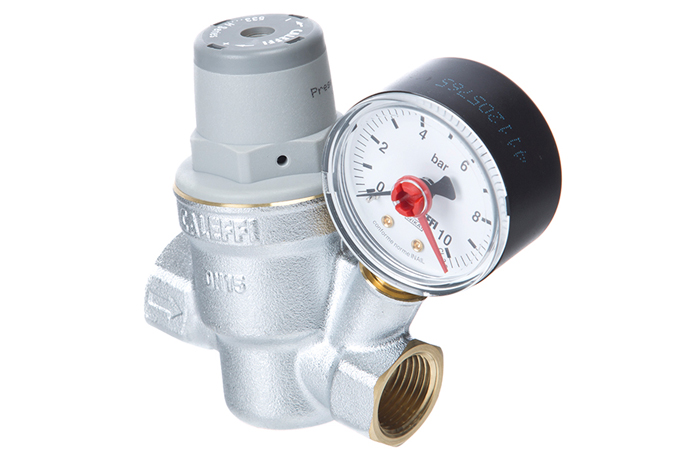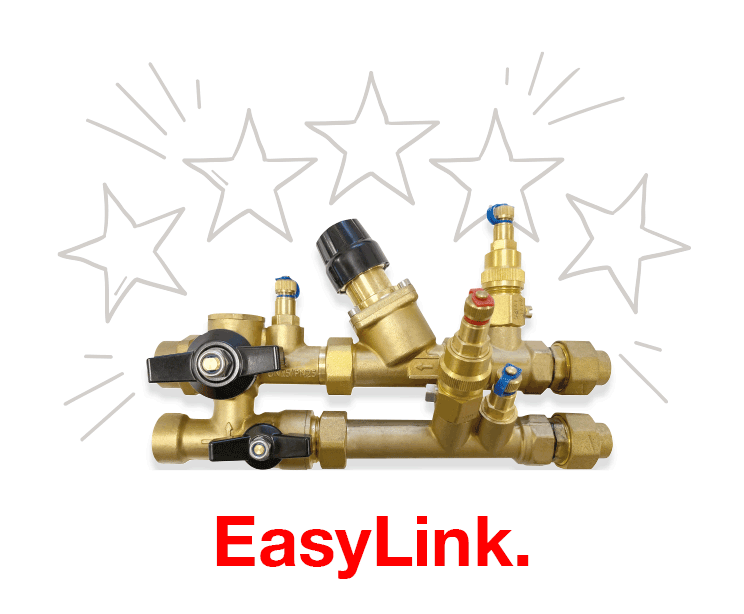Pressure Reducing Valves (PRVs) are a frequently misunderstood product. Their operating principle is simple enough; they limit the incoming pressure from a mains supply or a boosted supply within a building. Their purpose is equally obvious – limiting high-pressure water that can seriously damage components in a heating and potable water system which can lead to damage or even burst pipes and seals. So a PRV reduces the pressure to a required value, but what frequently causes confusion is the difference between dynamic and static pressure.
Static pressure is the pressure in a body of water when that water is at rest. Static pressure control is therefore the maintenance of a set pressure within a system when there is no demand, i.e. no flow. This is particularly useful for single point of use outlets, especially where protection is required due to low pressure rating of, for example, washing machines and showers.
Dynamic pressure, in comparison, is the static pressure of the body of water but it also includes the momentum of the fluid in motion. Therefore, dynamic pressure control is the maintenance of a set pressure within a system when the water is moving. The key difference is that a dynamic PRV will only control the pressure when water is moving. If there is no demand the pressure can creep up without regulation. Static control on the other hand will keep pressure constant even when downstream demand increases. HOW PRVS WORK
In theory, the PRV operating principle is simple. A spring pushes an obturator in the PRV, thus opening the valve. Pressure from downstream pushes the diaphragm and obturator upward in the PRV, closing it.
When there is downstream demand, pressure below the diaphragm reduces and the spring forces the obturator downward to allow water to flow through the valve. The higher the demand, the greater the pressure decrease under the diaphragm and the greater the flow through the valve. This is dynamic pressure control.
When downstream demand decreases, the pressure below the diaphragm increases, balancing the force of the spring and closing the valve at the required setting for the target downstream pressure. This is static pressure control.
Caleffi PRVs from Altecnic are manufactured to the highest quality standards to comply with the latest European and UK water regulations, including WRAS Approved Product status. Altecnic offers a broad range of PRVs to meet the needs of the installers, from domestic 15mm compression to commercial DN300. Other features include the easy-to-use dial-up settings of the 535 and new 535H ranges, ideal for semi-commercial and industrial applications.
For more information on Altecnic, contact Chris Reilly, Country Manager, on (NI) 07825 393605 or (RoI) 0044 7825 39360, e-mail chris.reilly@altecnic.co.uk or visit www.altecnic.co.uk











